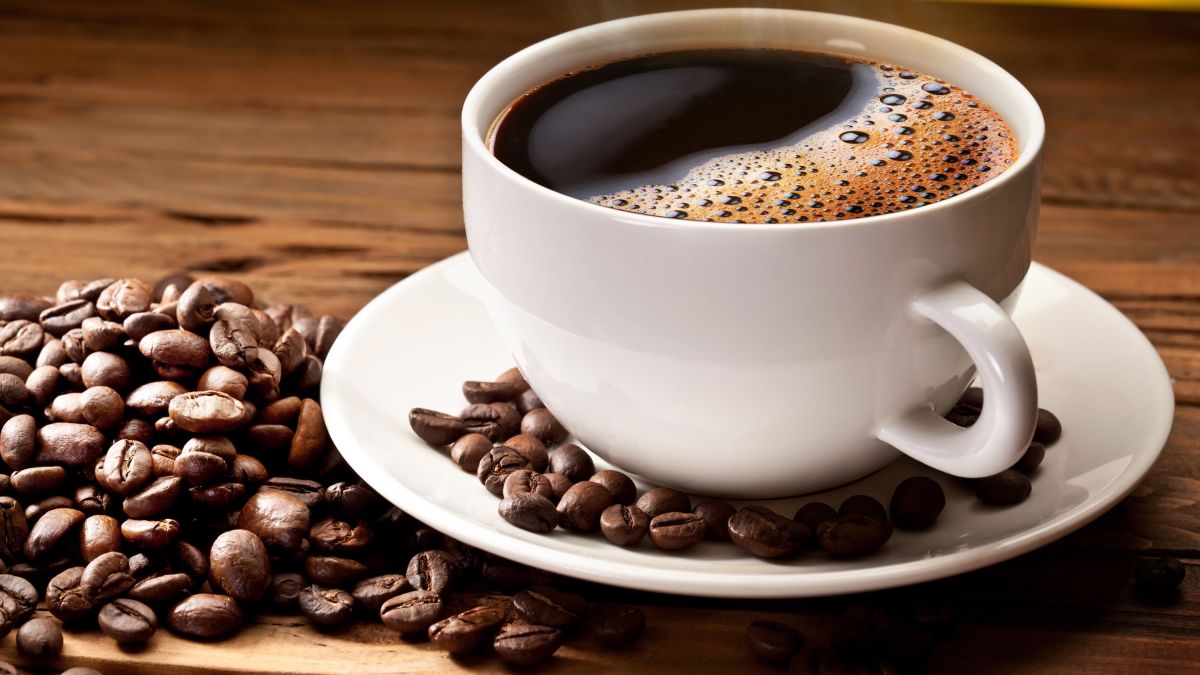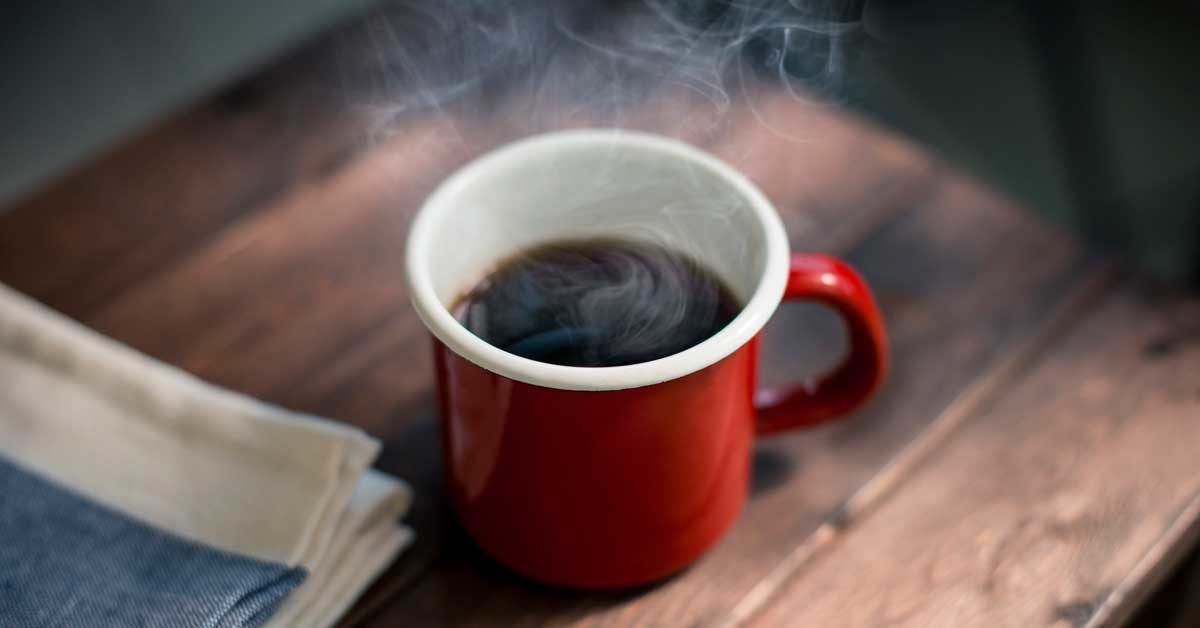From Bean to Make: Discovering the Coffee Experience
From Bean to Make: Discovering the Coffee Experience
Blog Article
Delight In the Ultimate Coffee Enthusiast's Guide: From Bean Option to Brewing
Start a trip through the detailed world of coffee, where the course from bean choice to brewing introduces a realm of possibilities waiting to be checked out. Understanding the subtleties of different coffee beans, the alchemy of toasting profiles, and the proficiency of brewing approaches are just the start of a coffee enthusiast's pursuit for the ideal mug. As we look into the art of improving tastes and discover the keys to a perfect removal, the allure of crafting a tailored coffee experience beckons, assuring a sip of pure bliss with every mixture.
Understanding Coffee Beans
The quality and flavor account of coffee are greatly influenced by the kind of coffee beans made use of in the developing process. Coffee beans are normally categorized right into 2 main kinds: Arabica and Robusta. Arabica beans are known for their delicate tastes, greater acidity, and complexity. These beans are often thought about premium in quality and are preferred by specialized coffee enthusiasts. On the other hand, Robusta beans are defined by their solid, bold flavor, greater caffeine content, and somewhat bitter preference. They are commonly used in blends and immediate coffee as a result of their price and ability to create a thick crema.
Within these 2 major groups, coffee beans can further be distinguished by their country of origin, altitude at which they are expanded, and the handling approaches made use of. Variables such as dirt climate, make-up, and farming methods all play a function fit the final flavor profile of the coffee beans. Recognizing these differences can assist coffee enthusiasts appreciate the diverse variety of flavors and scents that various beans can supply.
Checking Out Roasting Profiles
When delving into the globe of coffee, recognizing the details of toasting accounts is necessary for valuing the nuances in flavor and fragrance that various roast degrees pass on to the beans. Roasting profiles describe the details temperature level, duration, and techniques used to roast coffee beans. The toasting procedure substantially influences the final preference of the coffee.
Roasting accounts can range from light to dark, each offering distinct features. Light roasts are baked at lower temperature levels for a much shorter time, protecting the bean's original tastes and acidity. Medium roasts strike an equilibrium between taste retention and growth, leading to a slightly richer preference. Dark roasts are roasted at higher temperature levels for a longer duration, leading to vibrant flavors, lower level of acidity, and frequently a smoky or bitter undertone.
Exploring various roasting accounts allows coffee fanatics to experience a diverse array of aromas and tastes, from fruity and floral notes in light roasts to the robust, caramelized tones of dark roasts - Coffee. Comprehending toasting profiles encourages coffee lovers to select beans that line up with their preferences, making sure a really personalized coffee experience
Learning Brewing Approaches
Understanding toasting accounts sets the structure for understanding brewing techniques in the world of coffee gratitude. As soon as you have selected the best roast for your taste preferences, it's crucial to choose the ideal developing method to draw out the aromas and flavors locked within the beans. Each developing technique, whether it be pour-over, French press, coffee, or cool mixture, offers a distinct method to showcase the subtleties of the coffee beans.
The work dimension plays a critical duty in developing methods. Different brewing techniques require particular grind sizes to guarantee ideal extraction. As an example, a fine grind is suitable for espresso machines, while a coarse grind is better suited for French press developing.
Water temperature and developing time are additionally essential variables to take into consideration my sources when grasping brewing techniques. Readjusting these variables can significantly affect the last taste of the coffee. Trying out different developing techniques and refining your strategy gradually will enhance your coffee developing skills and elevate your total coffee experience.
Enhancing Flavor With Additions
Checking out various ingredients such as flavorful syrups, spices, or different milk choices can enhance the total flavor account of your coffee. Flavored syrups, varying from traditional vanilla and caramel to special flavors like lavender or hazelnut, give a wonderful and fragrant touch to your mixture. Coffee. Flavors such as cinnamon, nutmeg, or cardamom can add depth and heat to your coffee, producing a complex and abundant taste experience
For those seeking to explore dairy products alternatives, choices like almond, oat, or coconut milk can use a creamy structure and a refined hint of their special tastes, matching the coffee's preference. Experimenting with different mixes of additives enables you to tailor your coffee to suit your preferences, whether you favor a pleasant and indulgent treat or an extra robust and spiced flavor profile. Bear in mind to begin with percentages of ingredients and adjust according to taste, making sure an unified balance of flavors in each cup.
Tips for the Perfect Mug

Grind size also plays a crucial role in the developing procedure. Various developing techniques need different grind dimensions for the ideal outcomes. For example, a rugged grind is suitable for French press, while a fine work functions well for espresso. Trying out numerous grind sizes to locate the excellent one for your favored brewing method.
Water quality is often forgotten however is equally vital. Always use fresh, filtered water to make certain a clean Get More Information taste in your coffee. Water that is also soft or also tough can negatively affect the taste. Bear in mind to brew your coffee at the appropriate temperature. Coffee. The ideal variety is between 195-205 ° F(90-96 ° C )for a well balanced extraction and tasty cup of coffee.
Verdict
In final thought, understanding the art of coffee brewing calls for attention to information and trial and error with different variables such as bean choice, toasting accounts, brewing techniques, and taste enhancements. By comprehending the subtleties of coffee preparation and constantly refining your method, you can produce a exceptional and customized coffee experience. Bear in mind to focus on quality components and exact dimensions to elevate your coffee game to new elevations of satisfaction.
Recognizing the nuances of different coffee beans, the you could check here alchemy of roasting profiles, and the mastery of developing techniques are simply the start of a coffee fan's quest for the ideal cup.The high quality and taste account of coffee are significantly affected by the kind of coffee beans made use of in the developing procedure. Trying out with various developing approaches and refining your technique over time will enhance your coffee developing abilities and boost your total coffee experience.

Report this page